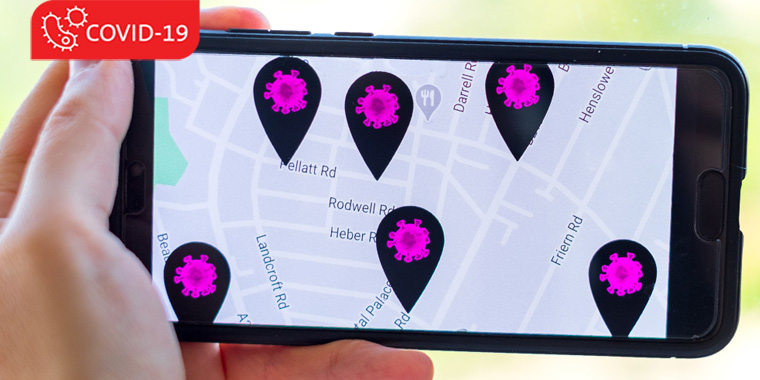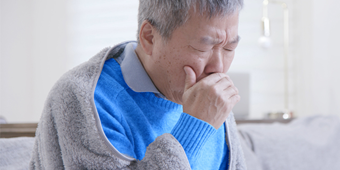Contact Tracing: A Way To Slow COVID-19

Find Your Perfect Match
Answer a few questions and we'll provide you with a list of primary care providers that best fit your needs.
You may not have seen or heard the term “contact tracing” before it began popping up in news reports about COVID-19.
But contact tracing is
not new.
Contact tracing is a proven public health tool for slowing the spread of communicable diseases. Among other diseases, it’s been used for
tuberculosis,
measles outbreaks, and
sexually transmitted infections, Roberto Colón, MD, Premier Health Vice President of Quality
and Safety, explained to Premier Health Now.
Now, he says, it’s being activated by health departments across the country to help break the chain of COVID-19 being passed from infected individuals to others. ”With contact
tracing, you’re potentially preventing infection from spreading at a much earlier point of the disease, and identifying people who may be at risk of becoming infected before they start developing symptoms,” Dr. Colón says.
As the economy reopens, he adds, “contact tracing will help
provide an extra layer of safety. It allows you to create a break in the chain of the disease.”
And, he says, “It’s giving you an element of time and the potential for reducing the number of people that are going to be
exposed before symptoms develop.”
How Contact Tracing Works
Under the direction of health departments, contact tracers call people diagnosed with COVID-19. Typically good communicators, contact tracers aim to build rapport and trust as they interview infected patients by phone and help them recall people –
contacts – with whom they’ve been in close proximity since two days before they started feeling coronavirus symptoms.
Next, contact tracers call the identified contacts to advise them that they may have been exposed to COVID-19,
without identifying the source of the infection. They also:
- Advise the contacts of symptoms to look for, the potential harms of COVID-19, and how and where to seek help if needed
- Address contacts’ questions and concerns
- Ask the contacts to self-quarantine for 14 days, to prevent the spread of COVID-19 to others
“For people who are not able to completely isolate (for instance, those called back to work or who care for or live with others), there are some modified isolation techniques where they are able to still have contact with others but with enhanced
protections like wearing a mask or cloth face covering to reduce the chance they will pass on an infection
to somebody else.”
Contact tracers check in with contacts periodically to see how they’re doing and make sure they are continuing to isolate.
“To do contact tracing as well as we should as a country, this will
require hundreds of thousands of contact tracers,” Dr. Colón says. “Because every individual that is infected could have several to even hundreds of possible contacts that need to be notified.”
The Ohio Department
of Health recently completed recruiting additional contact tracers and supervisors to support county health departments in the effort. And Bluetooth enabled contact tracing apps are being launched for smartphones to complement the work of contact tracers and keep up with the volume of contact tracing required.
Protecting Confidentiality
In either case – human contact tracers or contact tracing apps – strict confidentiality is maintained, Dr. Colón says. The information obtained through contact tracing is treated as protected health information, as is health care delivered by a provider.
“The contact tracer will not reveal to contacts who their potential exposure (to COVID-19) was. The goal here is
to protect the people who are infected, as well as all those who are potentially infected. The information is very well safeguarded and will only be for the individuals’ own health and safety.”
What To Do If a Contact Tracer Calls
If you receive a call from a contact tracer, Dr. Colón says:
- “Please be honest and open with them.”
- “Be aware the information is confidential and will not be shared or be made publicly available – but will help reduce the spread of this disease and make it much more manageable.”
Find Your Perfect Match
Answer a few questions and we'll provide you with a list of primary care providers that best fit your needs.
Source: Roberto Colón, MD, Premier Health Vice President of Quality and Safety; Centers for Disease Control and Prevention; Ohio Department of Health; Dayton Daily News; Reuters





